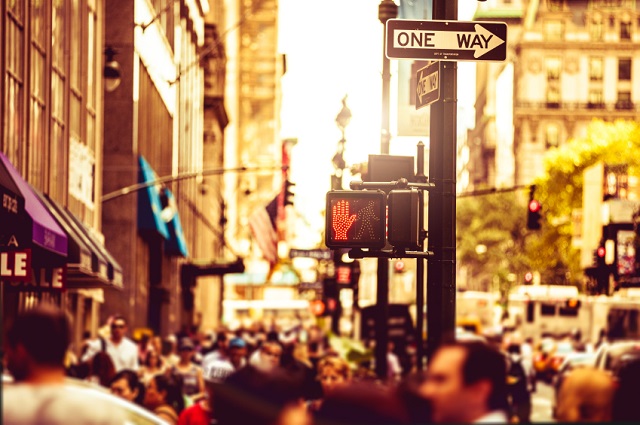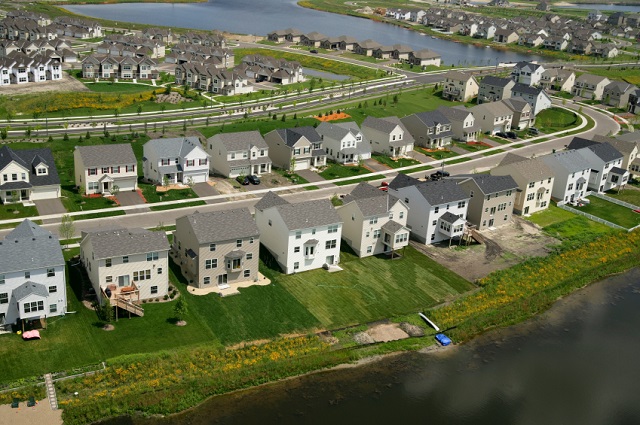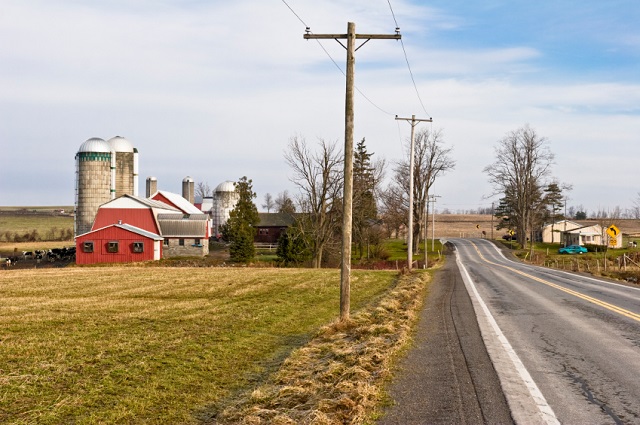Feb 8, 2015 | By Tim Stoddart
The Socio Economics and Class Disparity of Addiction
Addiction & Recovery News
Social and economic status determine a large amount of variables about how a person lives: their neighborhood of residence, the food they eat, their housing, their method of transportation, their educational opportunities and their recreational choices. Money is inextricably wrapped up in this complicated equation and plays a large role in determination of the use and abuse of drugs and alcohol.
It’s a common assumption that those who come from a lower socioeconomic status engage in more drug use, but that’s not always the case. Although money and social status play a large role in the shaping of behaviors, the resources available and the amount of social marginalization that a drug user experiences, drug use is rampant in all communities, social groups and income brackets.
Urban Drug Use

The drugs that are available and abused in an urban setting don’t differ wildly from those found in suburban or rural areas. When many people imagine the stereotypical drug user and their setting, they often imagine an urban youth in a poor neighborhood who uses hardcore drugs such as cocaine or heroin. It’s true that cocaine is one of the most commonly used drugs in urban areas, on par with alcohol. Marijuana, methamphetamine, opiates and prescription drugs are the next most commonly used drugs in urban areas. More urban residents statistically abuse drugs than in any other area, but this owes to the fact that cities are more densely populated than other areas.
Who is Abusing Drugs in Urban Areas?
There are many vocal critics of the war on drugs and how it is fought in urban neighborhoods, primarily because the lines of racial division are clearly delineated in this ineffective battle. Drug use crosses all boundaries, including those of ethnicity and race, but people of color are far more likely to stopped, searched and arrested for drug-related offenses. The penalty for possessing crack cocaine is 100 times harsher than the penalties for possession of powder cocaine. Since crack cocaine is cheaper, it is more pervasive in low-income neighborhoods. Income disparity is linked to social and racial injustice; thus untold scores of black Americans are subjected to harsher drug penalties than are their white counterparts. Due to the seemingly racially motivated and draconian laws surrounding cocaine legislation, incarceration rates for minority drug users far exceed those of whites.
The fact that drug law enforcement is so very racially slanted makes it difficult to determine the true demographic composition of an urban drug user. Law enforcement has essentially created a permanent underclass of young males of color by selectively enforcing drug laws. However, the statistically typical urban drug user is:
- White
- Over the age of 12
- More likely to sell drugs than their minority counterparts
- Non-violent upon entry into the criminal justice system
Overdose in the City
Opiate abuse has skyrocketed in the last few years across all neighborhoods, races and economic groups. In urban areas, opiate abuse was responsible for over 15 percent of all overdose deaths. This is attributable primarily to the rise in prescription painkiller abuse, which in turn often leads to heroin abuse. Cocaine is another drug commonly overdosed on in urban areas, as is methamphetamine. It is interesting to note that the most recent increases in overdose deaths have been observable in the white male population, while rates have either remained steady or decreased in minorities.
Suburban Drug Use

Many people purchase homes in suburban communities to escape the hustle and bustle of the city, as well as the perceived higher rates of crime and drug use that people imagine to be synonymous with an urban environment. However, the face of drug use has changed rapidly over the last few decades, and more than 90 percent of all opiate and heroin abusers now live outside of the city. While it’s true that suburban drug use has a different appearance, often hidden behind manicured lawns and closed doors, drug use in suburbia is quickly becoming the scourge of these communities.
Who is Abusing Drugs in Suburbia?
Suburbs have grown and diversified in the last few decades, but tend to be populated with more affluent and highly educated residents than are found in urban areas. Alcohol abuse among suburban adults is very high, as is marijuana use and stimulant use in these communities. However, the group that is primarily responsible for the explosion of serious drug use in suburbia are teenagers.
Suburban dwelling teenagers have a much higher rate of drug abuse than do their urban dwelling contemporaries. The ease of access to prescription painkillers or common ADD/ADHD medication, such as Ritalin, is a major component in the development of young drug users. It is estimated that more than 1.9 million suburban youths, aged 12-19 year old, abuse prescription medications. The abuse of prescription opioid painkillers has led to an unprecedented rise of heroin use in suburban areas. Heroin satisfies the intense cravings experienced by an opiate pain pill addict, but at a much cheaper price. About 90 percent of these underage drug users are white, affluent and insulated from the poverty often associated with heroin addiction.
Overdose in Suburbia
Heroin and prescription opiate overdoses have become the number one healthcare concern in suburbia. Abuse of prescription stimulants, such as Ritalin, are also a huge concern. With about 20 percent of any given school’s population currently taking Ritalin by a doctor’s order, it is readily available and easy to procure for misuse. Often referred to as “the poor man’s cocaine”, students snort crushed pills to achieve a cocaine-like high. Overdose can occur quickly, and is not uncommon among suburban youths.
Rural Drug Use

Country living is full of wide open spaces and pastoral beauty, far removed from the problems of city life – or is it? Statistically, young rural residents are actually more likely to abuse alcohol, methamphetamine and prescription painkillers than are urban residents. The geographical isolation of these areas create pockets of poverty, hopelessness, poor education and lack of adequate social programs. These factors seem to have created the perfect storm for an explosion of drug use in communities that were once well insulated from larger societal problems.
Who is Using Drugs in Rural America?
The average rural drug abuser tends to be white, male and older at the first use of illegal drugs than their urban or suburban contemporaries. The age of the typical user spans a wide range of years, but youths are spearheading this disturbing social trend of increased rural drug use, with rates substantially higher than those of city or suburban youths. Poverty and lack of employment certainly play a factor in rural drug use, as well as the lack of access to social resources. The stress of struggling economically, coupled with inadequate access to assistance programs, drives many people to seek solace in drugs or alcohol.
Young people in rural areas tend to binge drink more often than in other areas, which may create a gateway into heavier drug use. Opioid painkillers are a huge problem in rural America, as they are seemingly everywhere in the country. Once again, as seen in other communities, heroin use has risen in the last decade due to the prevalence of prescription painkiller addiction. Methamphetamine, classically associated with rural areas, is another drug that is abused heavily. High-risk behaviors, associated with a disproportionately high per-capita drug use rate, put residents in a very vulnerable position.
Overdose in Rural America
It cannot be emphasized enough that the rise of prescription pain pill use has been the cause behind ever increasing drug-related deaths in America. Drug use has become the primary cause of death and injury and rural areas have not been spared. In the past decades, rural overdose rates have risen an astonishing 394 percent, versus a 297 percent rise in urban and suburban areas. Rural drug use numbers are lower in total due to a sparser overall population, but indications show it may actually be a more severe problem than in cities or suburban communities.
Drug Addiction – A Systemically Rooted Social Issue
People from all walks of life – rich or poor, urban or rural, educated or not, of any race or ethnicity – struggle with substance abuse. As a society, how do we reconcile this problem with our current cultural climate? People tend to stereotype the typical drug user as a young, black, urban-dwelling male, but it is clear to see this is not the case. White males are more likely to abuse substances, although they often benefit from their social-status privilege by not fitting the prejudicially based profile of a drug user. More black males are incarcerated for drug-related offenses, yet they do not statistically typify the average user.
Coming from an economically disadvantaged situation does not cause drug abuse, but the stresses associated with it can drive some people to self-soothe with drugs or alcohol. However, high rates of drug use are seen in affluent suburban areas as well. Is the pain and anxiety that drug users feel universal, stemming from something deeper than their social status? Genetic predisposition, childhood trauma, witnessing or experiencing violence and underlying mental health issues all are factors in the cause of drug and alcohol addiction. Addiction is the symptom of something gone wrong in a person’s life, evidence that they need help, support and treatment to mend not only their addiction, but also their psyche.
Until proper intervention and equitable access to rehabilitation are the status quo, the country can count on the fact that drug use will continue to rise exponentially. Drug use will never stop, but treatment provides a path to sobriety that many people are willing to take. We can’t expect that addiction will remain isolated in poor urban or rural communities, we must take a proactive approach in identifying and addressing the less visible causes of substance abuse. Socioeconomically based incarceration and punishment programs do little to treat the multifaceted problem of addiction. It’s time that our social systems look beyond such easily blamed factors in order to determine the true root of the issue.
